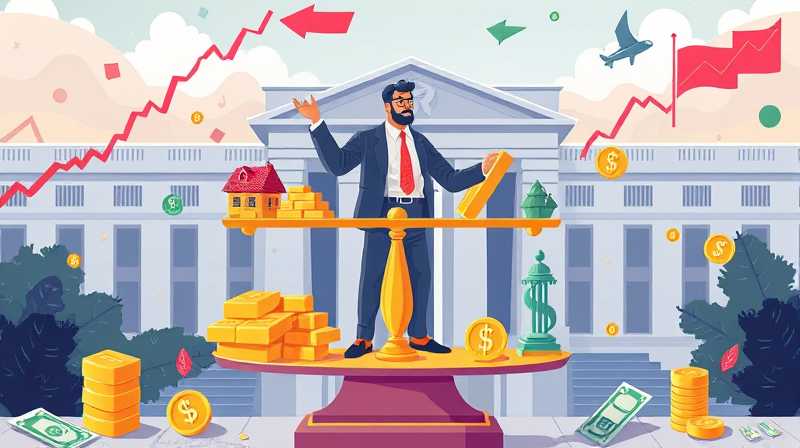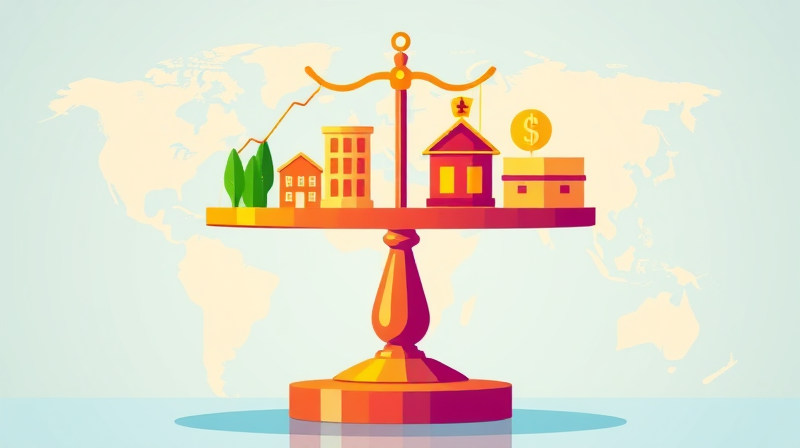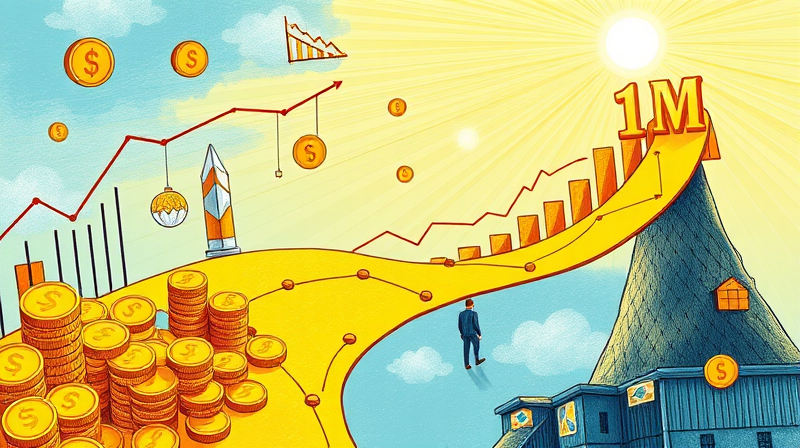
Inflation can quietly erode your wealth if you aren’t prepared. By understanding its drivers and adopting smart strategies, you can shield your portfolio and even capitalize on rising prices.
Inflation is the general rise in prices for goods and services across an economy, which erodes the purchasing power of currency and affects wages, savings, and investments.
In the United States, the Consumer Price Index (CPI) is the primary gauge, tracking the average price change for a basket of goods and services. Core inflation, which excludes volatile food and energy items, often provides a clearer signal of long-term trends.
Inflation reshapes economic outcomes and market valuations in profound ways. As prices rise faster than wages, real incomes gradually decline and purchasing power diminishes.
Higher inflation often prompts central banks to raise interest rates. This can shrink corporate earnings’ present value, leading to lower stock valuations and heightened market volatility.
Borrowers with fixed-rate loans benefit because inflation reduces the real value of their debt payments. Conversely, lenders and bondholders suffer as the fixed interest payments lose purchasing power.
In 2025, market participants watch for any signals from the Federal Reserve on rate cuts, but uncertainties like tariffs and global supply constraints add complexity to the inflation outlook.
Below is a snapshot of key U.S. inflation metrics in mid-2025:
New tariffs introduced in 2025 are expected to drive short-term price spikes, while the Federal Reserve’s decisions on interest rates will remain crucial for market stability.
Corporate capital expenditure patterns are shifting: equipment purchases accelerated in early 2025 to avoid tariff costs, but spending on structures is forecast to fall 1.6% this year and another 0.9% in 2026.
Historical episodes, such as the early 1980s energy crisis—when 30-year mortgage rates peaked at 18.63%—remind us that inflation can reach extreme highs if unchecked.
By staying informed of policy moves, economic indicators, and market dynamics, you can adapt your strategy. Remember, proactive management over reactive shocks will help you protect and grow your wealth in any inflationary environment.
References













